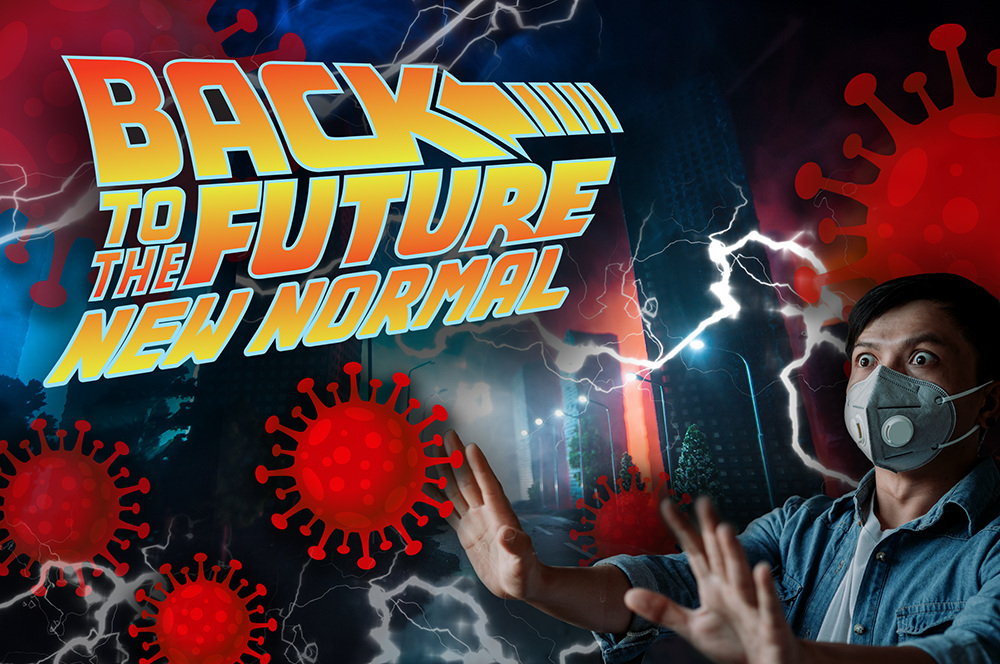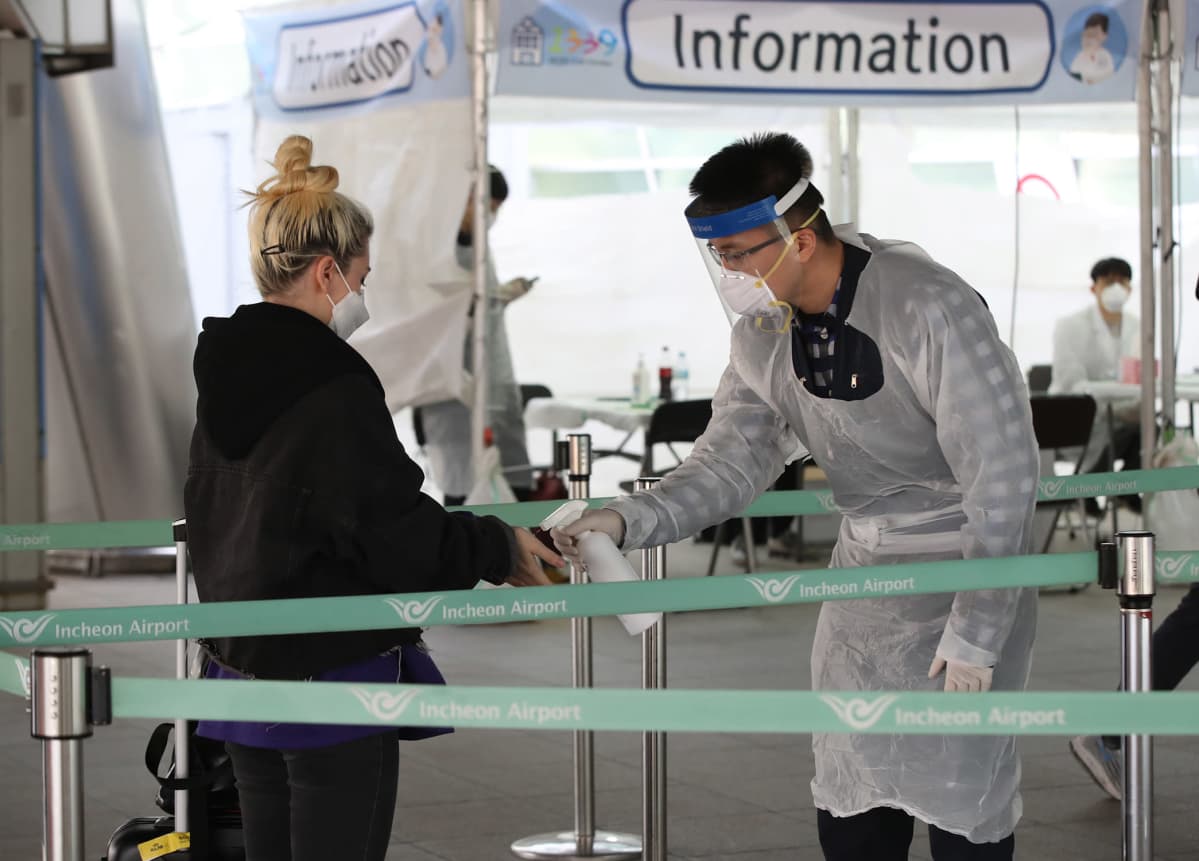Are we facing a new normal?
It seems that our dreams will never come true

Where are we heading to? What will our future look like? What kind of road map are we using? Do we choose the fastest way to destination, or an alternative road? Are we selecting the path to Shangri-La, or taking a highway to Dystopia?
At the present times, we are all on a crossroad, and about to make a decision.
This article is just the first of eight parts of my “Back to the Future New Normal” saga.
I want to rise up topics, reasons, actions, and diverse variables, which — based on facts — will affect our future. I hope you enjoy these slightly dark-toned texts.
In the future, I ask you to think about your options at least twice, before making a any decision. We can start making an impact by making small choices.
In 2016, the United Nations Environment Programme (UNEP) flagged a worldwide increase in zoonotic epidemics as an issue of concern. Specifically, it pointed out that 75 per cent of all emerging infectious diseases in humans are zoonotic and that these zoonotic diseases are closely interlinked with the health of ecosystems.
Robinson, Doreen. 2020. UN Enviroment, Coronaviruses: Are they here to stay?
Consulted on 2.7.2020
Never before have so many animals been kept by so many people — and never before have so many opportunities existed for pathogens to pass from wild and domestic animals through the biophysical environment to affect people causing zoonotic diseases or zoonoses.
Frontier, United Nations Environmental Program -. 2016. Zoonoses: Blurred Lines of Emergent disease and Ecosystem Helth. The UNEP Frontiers report 2016, UNEP.
Zoonoses threaten economic development, animal and human well-being, and ecosystem integrity. Over the last few years, several emerging zoonotic diseases made world headlines as they caused, or threatened to cause, major pandemics. These include Ebola, bird flu, Middle East respiratory syndrome (MERS), Rift Valley fever, sudden acute respiratory syndrome (SARS), West Nile virus, and Zika virus disease. In the last two decades, emerging diseases have had direct costs of more than US$100 billion; if these outbreaks had become human pandemics, the losses would have amounted to several trillion dollars.
In the last century, a combination of population growth and reduction in ecosystems and biodiversity has culminated in unprecedented opportunities for pathogens to pass between animals and people. On average, one new infectious disease emerges in humans every four months.
Robinson, Doreen. 2020. UN Enviroment, Coronaviruses: Are they here to stay?
Consulted on 2.7.2020
During the Corona-Spring, we all saw and heard a huge number of strong and confident opinions how the pandemic will evolve and how to tackle it. These were often presented by people who did not have any expertise in the areas of epidemiology or virology. Their self-confidence is explained by the Dunning-Kruger effect (cognitive bias).
Yle. 2020. Yle, Miten koronaepidemia hidastetaan? Näin aasia onnistui ja Yhdysvallat ja Eurooppa mokasivat
This is a totally new situation for all of us. Of course, back in history there have been pandemics, like the Spanish-flu, but it was over hundred years ago. There is always a lot of unknown factors in these situations. For the new Coronavirus there was a huge need for information. In particular, at the early stage of Covid-19 pandemic, people were thirsty for new information, because they wanted to find solutions.
However, the information was uncertain and ever-changing. Many experts may had some information that they thought they could somehow apply for tackling Covid-19. Some knew about evolution, and others could calculate the growth of the curve. Then, they applied this information to Covid-19 pandemic.
Consulted on 11.8.2020
In this series of “Back to the Future New Normal” articles, I hope to not fall into the Dunning-Kruger-effect. It is my aim to share the factual information laying behind this pandemic, and how it might shape our future.


Leave a Reply